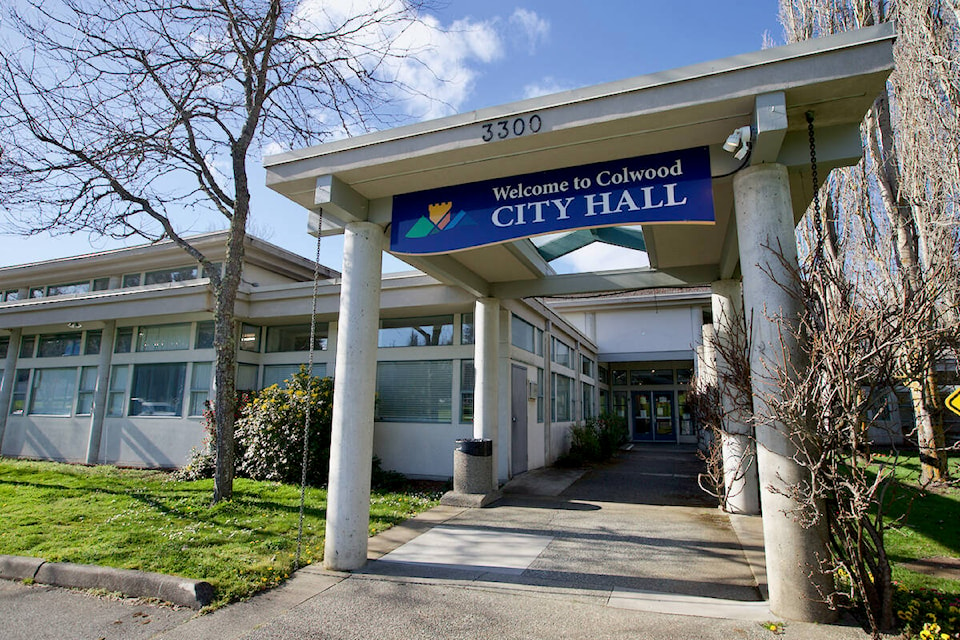The City of Colwood has taken another step toward its climate change mitigation goals by approving the move to the third stage of the province’s BC Energy Step Code.
The code sets out five levels of building construction requirements dealing with energy efficiency, with the goal of having all new buildings starting in 2032 built to be net-zero ready and the requirements eventually becoming a part of the BC Building Code.
By moving to the third stage of the code, which council unanimously approved on Nov. 28, all homes built in Colwood starting in summer 2023 will have to be 20 per cent more efficient than current requirements, most likely being built with electricity-based heating rather than fossil fuels, according to a news release from the city.
“Homes are Colwood’s second-largest source of greenhouse gas emissions. Therefore, as a city one way we can reduce our emissions is through building requirements for new homes that encourage clean energy heating and cooling,” said Mayor Doug Kobayashi in a statement. “For Colwood residents, this means new homes will be more energy efficient to reduce community emissions while saving homeowners money on heating costs over time.”
READ MORE: Colwood installs decorative banners celebrating locals
The move comes just a couple weeks after council endorsed a draft of the city’s Low Carbon Resilience Plan on Nov. 14, which will be used to guide how Colwood reduces greenhouse gas emissions while preparing for and managing the impacts of climate change.
The draft plan is focused on finding actions which can be taken to solve multiple problems at once. An example given by the city in a press release following the draft’s endorsement was to expand active transportation routes and develop complete neighbourhoods which offer daily needs within walking distance.
Such actions would not only reduce emissions by reducing the number of cars on the roads, but would also increase the quality of life for residents.
Building more efficient homes is another example as it both reduces emissions and helps people living in those homes save money each month.
“Low carbon buildings is just one of many approaches the city is considering as part of the larger low carbon Colwood plan,” said Kobayashi. “There are 53 specific tactics intended to demonstrate climate leadership, create connected communities for low carbon transportation, protect trees and natural systems and support a thriving eco-economy, among others.”
With the Low Carbon Resilience Plan still in its draft stage, the city is seeking input on it from residents to factor in on the final product. Residents are encouraged to keep an eye out for sounding boards setup at city events throughout the community, and are able to fill out an online survey until January.
READ MORE: Urgency of climate change motivated local MP Elizabeth May in Green Party leadership race
@JSamanski
justin.samanski-langille@goldstreamgazette.com
Like us on Facebook and follow us on Twitter.
